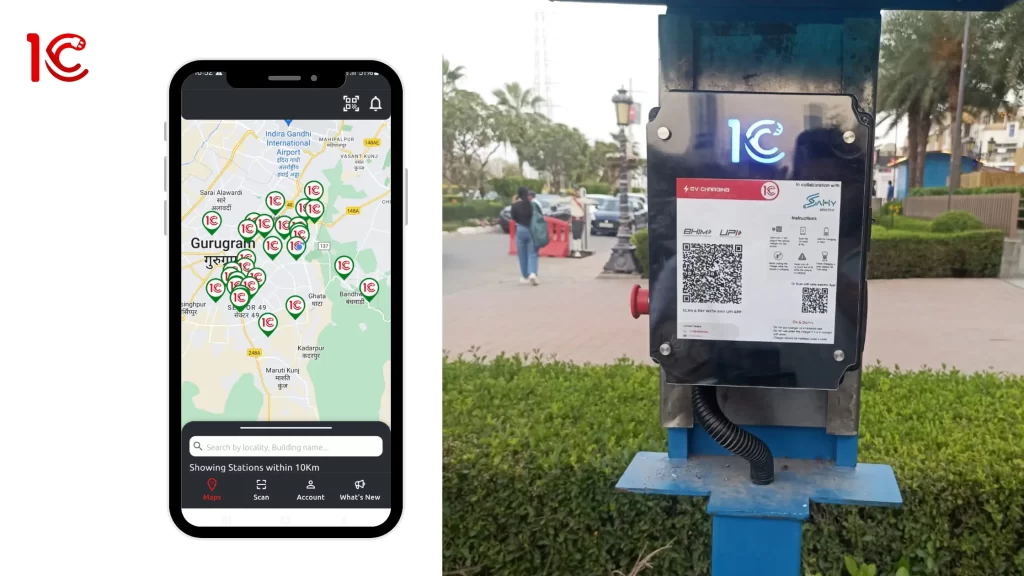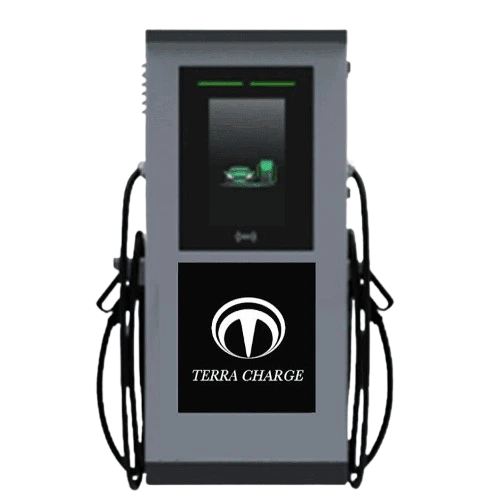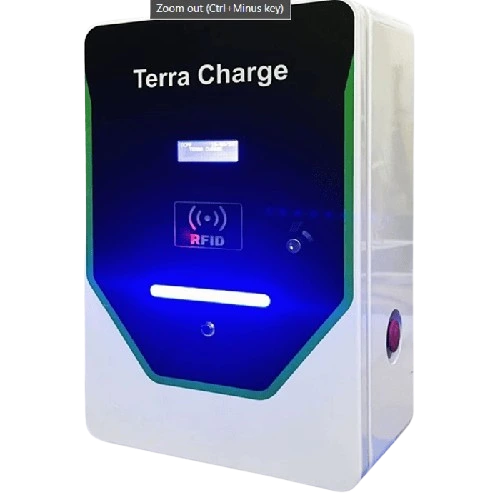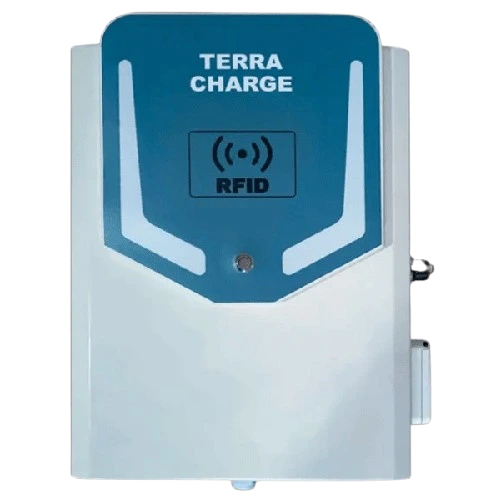Introduction:
Finding an electric vehicle (EV) charging station can sometimes feel like hunting for a hidden treasure. Nestled in parking garages, tucked behind buildings, or scattered across vast parking lots, locating a charger can add unnecessary stress to your journey. However, Google Maps is stepping towards a smoother EV experience by incorporating artificial intelligence (AI) to enhance its EV charging discovery features.
This update signifies a significant shift in how Google Maps assists EV drivers. Previously, the app primarily focused on basic functionalities like displaying charger locations and plotting routes. Now, Google is leveraging the power of AI to analyse user reviews and provide more specific directions, particularly for those elusive chargers hidden in complex locations.
How it Works
Imagine pulling into a sprawling parking garage with a dozen floors, desperately seeking the lone EV charger. With the new AI-powered features, Google Maps will analyse past user reviews to provide you with detailed instructions. This might include information like “enter the underground parking lot and follow signs towards the exit. Just before exiting, turn right.” Such specific guidance can save you precious time and frustration when navigating unfamiliar locations.
Google’s AI infra for Charging Station

To fuel this AI engine, Google is actively soliciting user feedback. After completing a charging session, Google Maps will prompt you to submit details about your experience. This includes information like whether the charging session was successful, the plug you used, and any potential issues you encountered. By incorporating this crowdsourced data, Google’s AI will continuously learn and refine its ability to generate accurate and helpful summaries for future users.
This isn’t Google’s first foray into using AI to improve the EV experience. The company has previously implemented AI tools for route planning and EV plug identification. These earlier advancements laid the groundwork for the current update, demonstrating Google’s commitment to making EV ownership a more seamless experience.
Beyond just locating chargers, Google Maps provides even more real-time information to enhance trip planning. When your EV’s battery dips below a certain level, Google Maps will display crucial details about nearby charging stations. This includes information like real-time plug availability and charging speeds. This functionality is currently available on native Google Maps integrated into car infotainment systems, such as in some Volvo and Polestar models.

Future of AI in Charging Station Discovery
These in-car integrations take EV route planning a step further. When analyzing your trip itinerary, Google Maps can suggest optimal charging stops during multi-stop journeys. This feature can significantly reduce range anxiety and ensure you arrive at your destination with enough charge.
Recognising the growing need for EV-friendly overnight stays, Google Maps also incorporates EV chargers into its travel search tool. This update allows EV owners to filter their hotel searches based on the availability of charging stations. This ensures you can find comfortable accommodation that caters to your electric vehicle’s needs.

Conclusion:
Google Maps is undergoing a significant transformation in the discovery of EV charging. By leveraging AI and user feedback, Google is making it easier than ever to locate chargers, navigate them efficiently, and confidently plan trips. This marks a positive step towards a future where electric vehicles are a more convenient and accessible option for everyone. With continued innovation and user engagement, Google Maps is poised to become an indispensable tool for EV drivers, paving the way for a smoother and more enjoyable electric driving experience.












